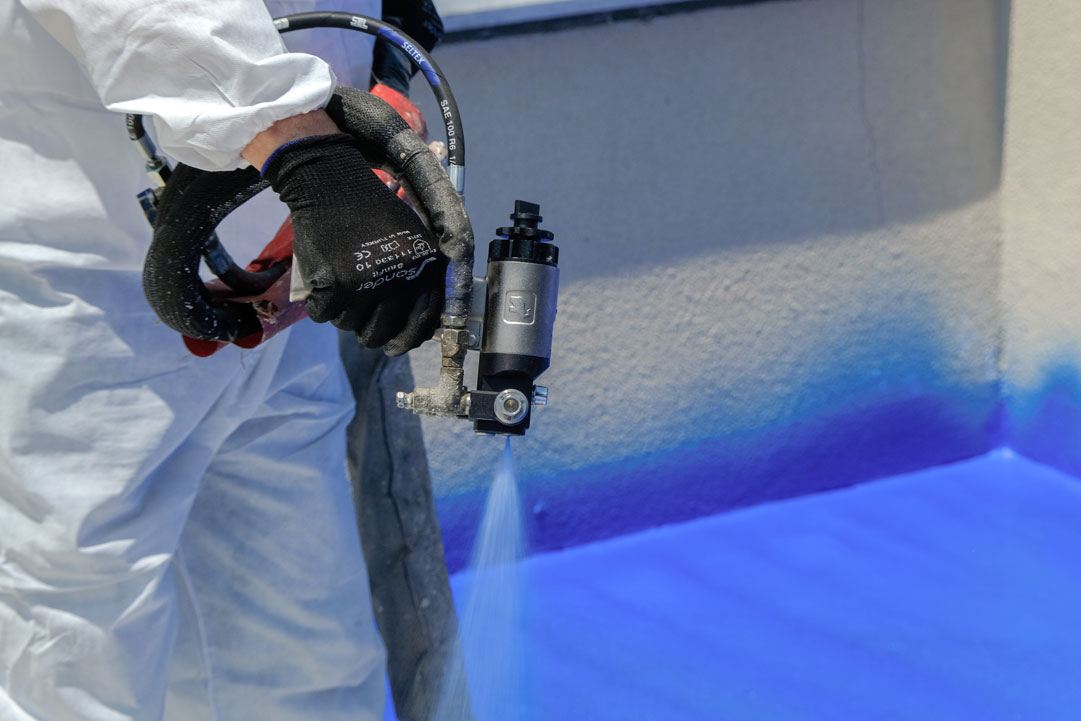
Mike Holmes is often asked about the best type of insulation, and while different insulation materials have their strengths depending on the job, there is one product that consistently proves its effectiveness: closed-cell spray foam. Closed-cell spray foam is unparalleled in its insulation capabilities, fulfilling the purpose of good insulation.
When discussing spray foam, there are two types: open cell and closed cell. Open-cell spray foam consists of foam cells that are not completely closed, allowing it to be crushed by hand. On the other hand, closed-cell spray foam contains tightly packed, closed foam cells, rendering it denser and rock solid. This density contributes to an increased R-value, which measures its resistance to heat loss.
The closed-cell spray foam’s effectiveness comes at a higher cost compared to open-cell foam. However, the investment is worthwhile as it eventually pays for itself. Ultimately, the decision rests with the homeowner.
Closed-cell spray foam delivers energy savings by shielding your home against heat loss, which is a significant advantage. It creates a complete thermal break in the building envelope. Consequently, if you have closed-cell spray foam insulation in your basement, it will remain cool even during hot summers due to the prevention of heat loss.
Furthermore, spray foam’s efficacy lies in its ability to control moisture, a crucial factor. While 40% of heat loss is caused by air movement, the remaining 60% is associated with moisture. Heat travels along with moisture, and warmer air holds more moisture. In contrast, cold air contains less moisture, leading to dry skin in winter.
However, spray foam acts as a barrier to halt moisture movement, effectively preventing heat loss. Additionally, spray foam is inorganic, which prevents mold growth. It does not absorb moisture, ensuring it maintains its R-value without compressing or sagging like batt insulation. With its own vapor barrier, spray foam does not harm indoor air quality once it has fully cured.
To ensure optimal results, it is essential to have spray foam installed by specialized professionals. Cutting corners in the installation process poses significant risks, so it’s crucial to trust certified and approved spray foam installers, known as Foam Masters. Hiring a Foam Master guarantees that the job is done right the first time, ensuring the high-quality application of this valuable but costly product.
To illustrate the importance of proper installation, consider a scenario where a house was retrofitted with spray foam after its construction. Since the walls were already drywalled, the original spray foam company recommended removing the plaster, restudding the walls, and then applying the spray foam. However, the homeowners chose a less expensive retrofit option, where holes were drilled randomly along the walls and filled with open-cell spray foam.
Unfortunately, retrofits using this method rarely achieve the desired result, often leaving voids and cold spots. Although the cost was significantly lower than the original quote, it proved to be a wasted investment. The homeowners were left with no choice but to seek assistance from Mike Holmes. Compounding the problem, the foam used contained urea formaldehyde, a substance banned in Canada since 1980 due to the release of formaldehyde gas as it cures.
When renovating a house, it is crucial to prioritize getting the job done right. By removing drywall and plaster, the spray foam can be properly applied in the crucial space between the exterior wall and wood studs.
Given the increasing energy costs, investing in proper insulation installed correctly is a wise choice for an energy-efficient home. In the long run, it pays for itself—an advantage that few other aspects of a home can claim.
Catch Mike Holmes in his new series, Holmes Makes It Right Tuesdays at 9 p.m. on HGTV. For more information, visit hgtv.ca. For more information on home renovations, visit makeitright.ca.
